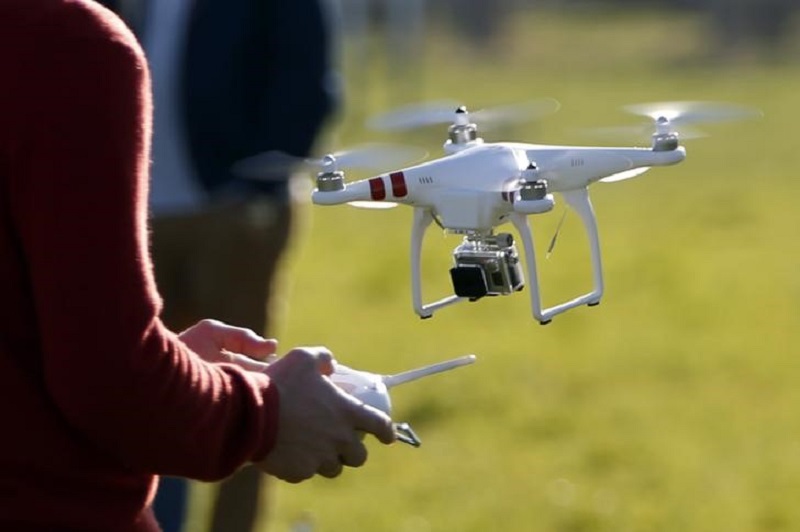KUALA LUMPUR, Jan 25 — The Civil Aviation Authority of Malaysia (CAAM) seeks to publish a new directive for unmanned aircraft system or drones next month.
CAAM deputy chief executive officer (regulatory) Zainul Abidin Maslan said in order to secure a bright future for the Malaysian drone industry, enforcement of new regulations would require repetitive processes such as registration, authorisation and surveillance.
Various other processes involved would need to be done online or to the unmanned traffic management platform, he added.
“We expect to publish (the directive) in February, the new regulations will address the training side of the equation where ample guidance will be included to ensure only competent drone operators have the right and approval to operate drones for industrial purposes,” he said at the Virtual World UAV (unmanned aerial vehicle) Summit 2021 here, today.
About 300 participants took part in the summit with speakers from various countries such as China, Japan, Greece, Romania, France and Belgium.
Local regulatory authorities that took part include the CAAM, the Department of Survey and Mapping Malaysia, Malaysian National Cyber Security Agency (NACSA), and Malaysia Digital Economy Corporation Sdn Bhd.
According to Zainul, unmanned aircraft activities in Malaysia are currently bounded by the Civil Aviation Regulation 2016, and the Aeronautical Information Circular 04/2008.
“We believe now is a perfect opportunity for a new set of drone regulation to come in place to ensure safety as well as thrusting the industry to new heights,” he said.
Meanwhile, NACSA chief executive officer, Mohd Shah Nuri Md Zain said cybersecurity threats in urban air mobility are real as the infrastructure used to operate the technology is plugged with vulnerability.
He said the coordination of cybersecurity issues in the context of the air mobility ecosystem will be done across government agencies under the purview of critical national information infrastructure protection, in line with the Malaysia Cyber Security Strategy launched last October.
“With this strategy, we are navigating our national cybersecurity ecosystem towards an integrated cybersecurity risk assessment based on technology resilience.
“Greater coordination in addressing advanced and sophisticated attacks will reduce risks and elevate cybersecurity at the organisation, sectoral and national levels,” he added. — Bernama



















